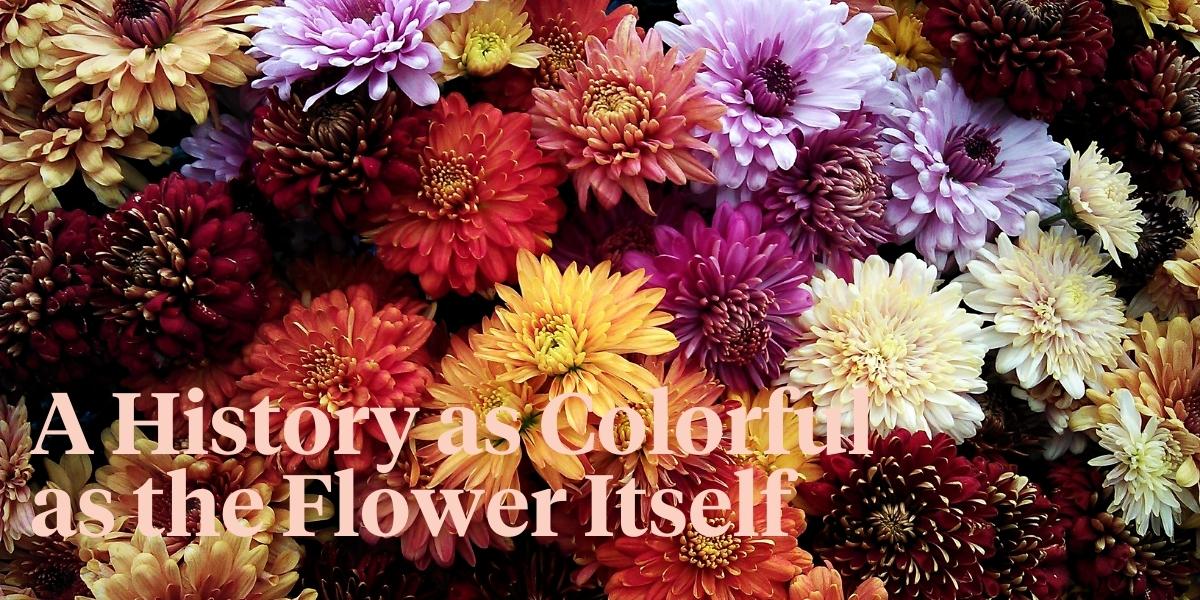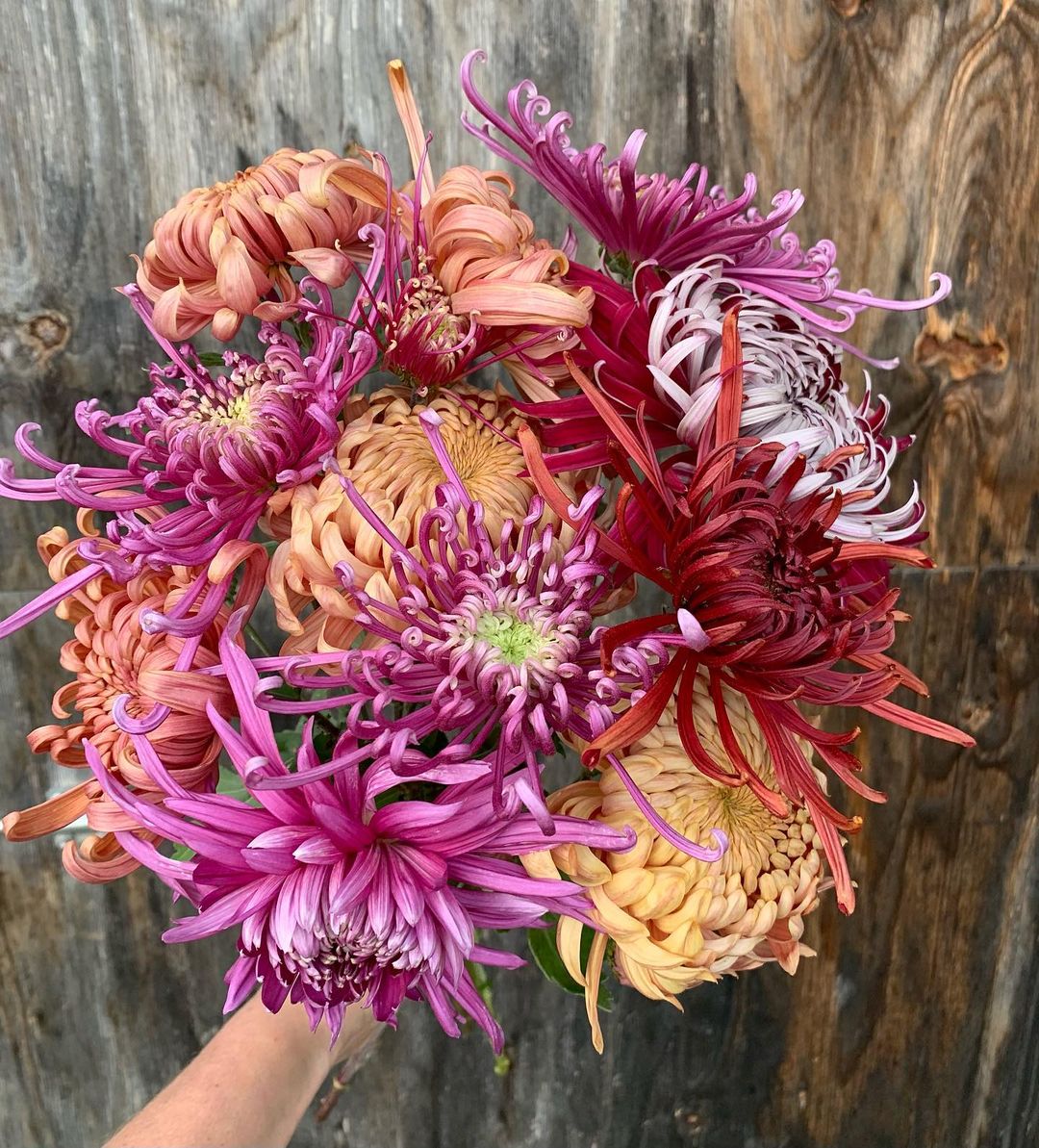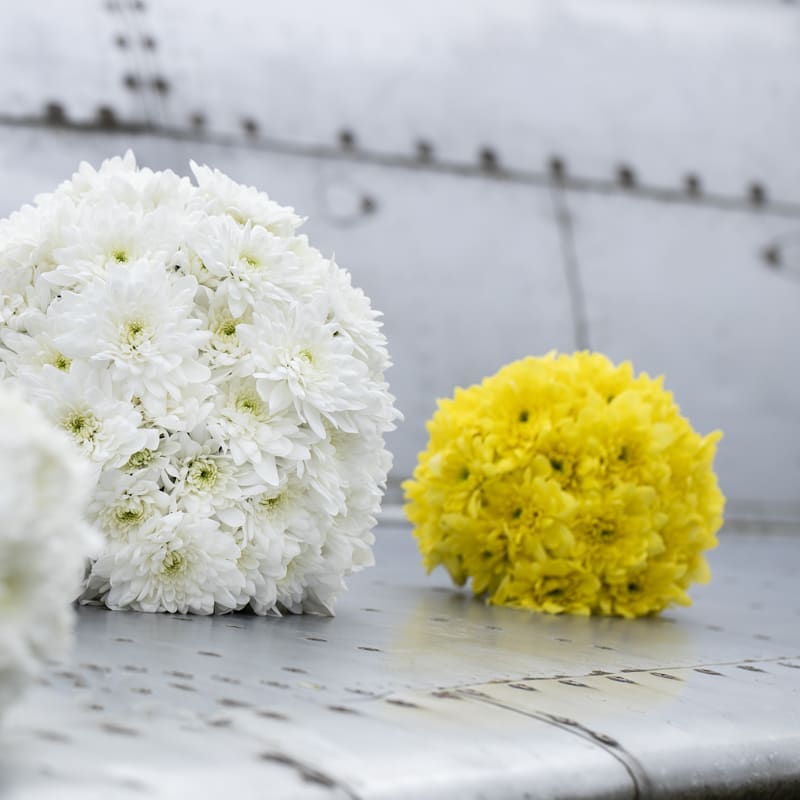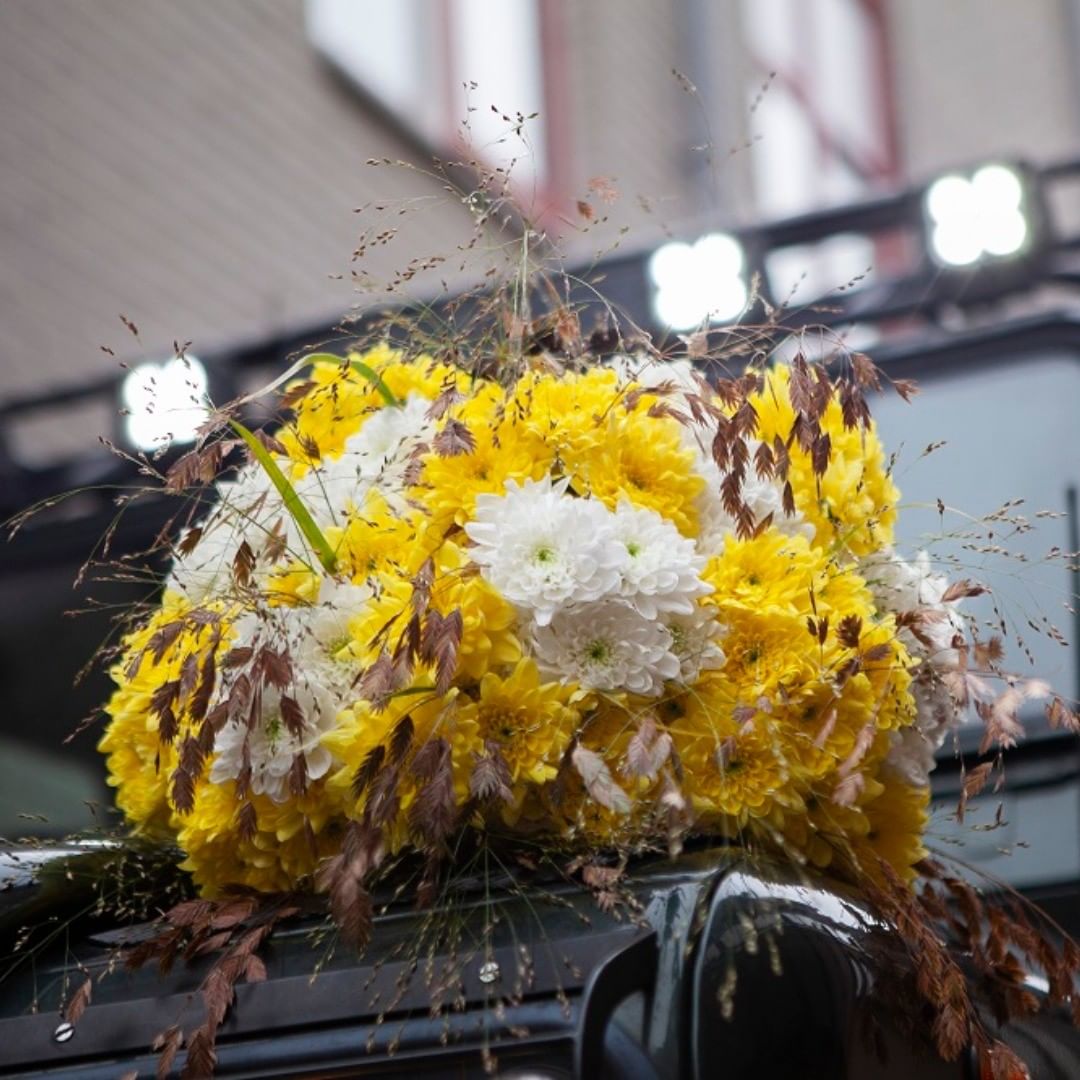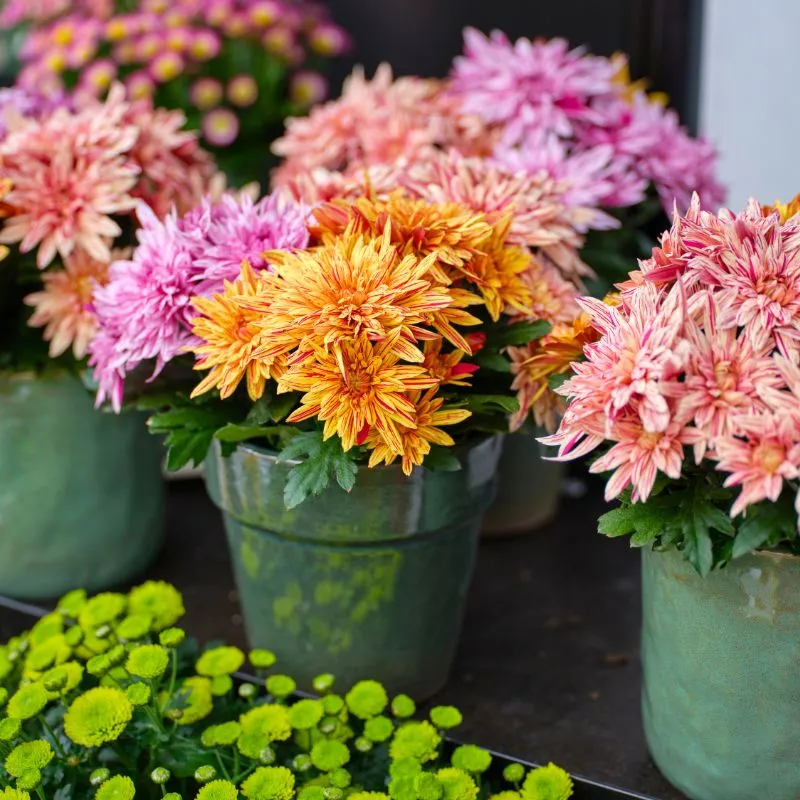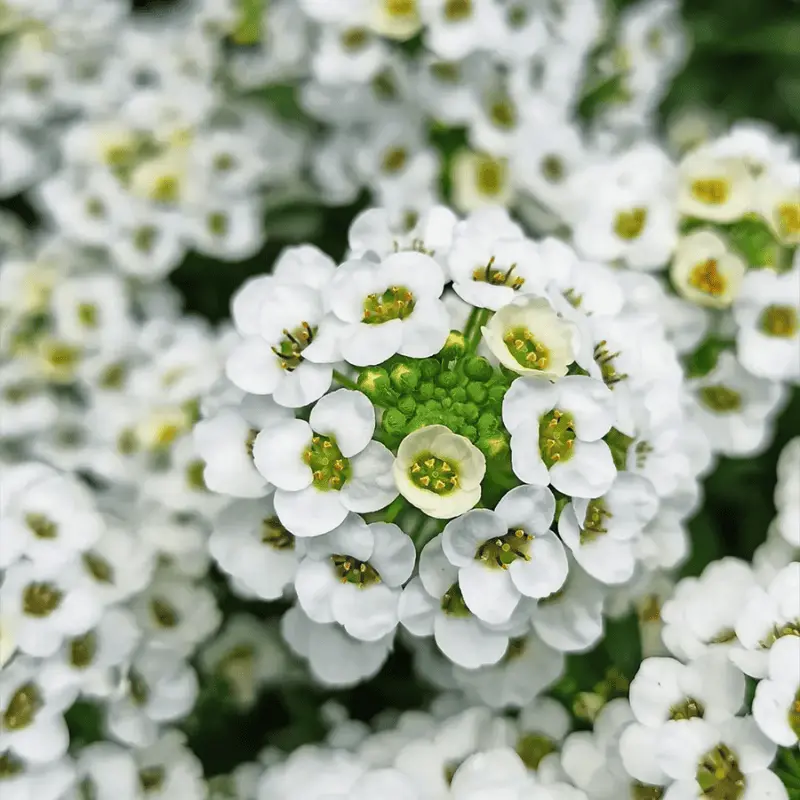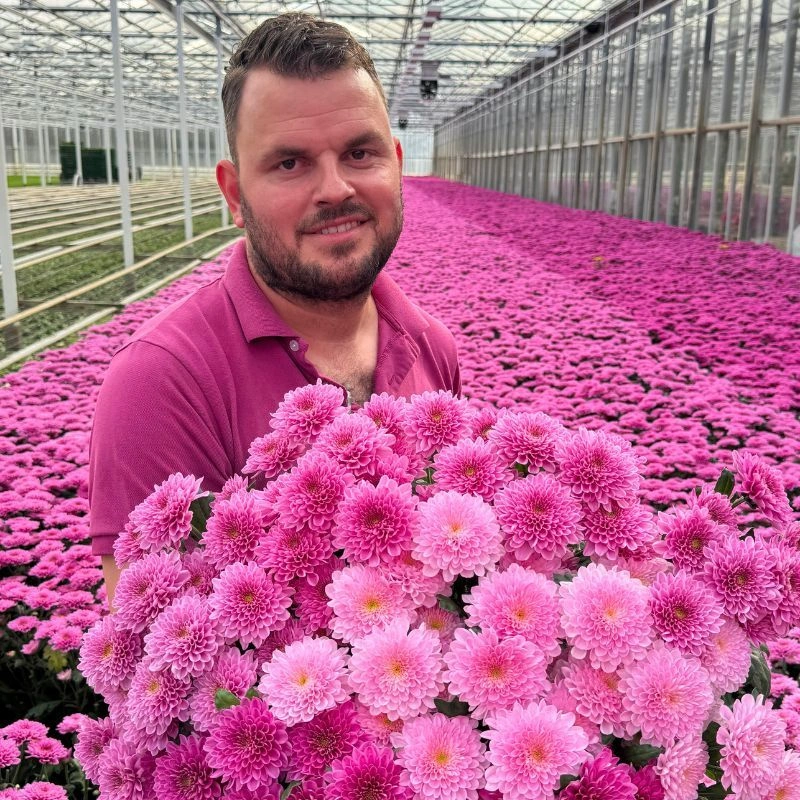The history of the chrysanthemum is as colorful as the flowers themselves. "If you would be happy for a lifetime, grow Chrysanthemums," says one ancient Chinese philosopher. Fall is the season of this flower, a time of tranquillity, completeness, and abundance following the harvest. Nowadays in North America, nothing signifies fall quite like chrysanthemums. You can find them everywhere: at garden centers, hardware stores, big box stores, and even at some pharmacies and gas stations.
The History of the Chrysanthemum
But the story of the chrysanthemum started long ago, as early as the 15th Century B.C. in China, where the chrysanthemum was cultivated. It was used primarily as a culinary herb. Its petals and young shoots found their way to the table in salads and its flowers and leaves were taken and brewed into teas. In China, it was believed to have the power of life and according to legend, its roots were used as a headache remedy. Over there they called the chrysanthemum "Chu" and even named a city after the flower to honor it (Chu-Hsien, which means 'Chrysanthemum City').
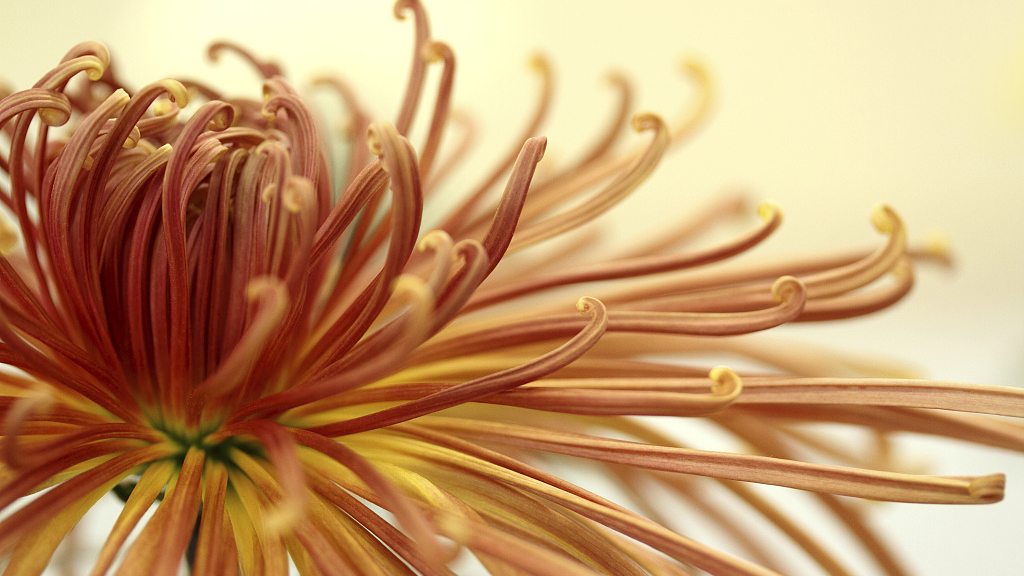
A Royal Flower in Japan
The chrysanthemum ended up making its way across the water and appeared in Japan somewhere between the 6th and 8th century A.D. During that period, Japan was greatly influenced by Chinese culture and they were so taken with this flower that they gave it a royal status.
The chrysanthemum - also known as Kiku to the Japanese - was adopted as the crest and official seal of the Emperor but is also the highest level of decoration that can be awarded to an individual for distinguished service to the nation. They call it the Supreme Order of the Chrysanthemum. Although technically the order has only one class, it can either be awarded "with collar", meaning on a chain, or "with grand cordon", accompanied by a sash.
Apart from the Imperial Family, only six Japanese citizens have ever been decorated with the collar in their lifetimes. The Japanese also have a National Chrysanthemum Day, called the Festival of Happiness, which is one of five ancient festival days in the country. It is celebrated every year on September 9th after the holiday was established in 910 A.D. when the first chrysanthemum show was held. The flower represents longevity, rejuvenation, and nobility, making it wildly popular. It is also the symbol of autumn, harvest, and goodwill.
Because of its auspicious meaning, the chrysanthemum often appears on decorations, accessories, porcelains, kimonos, and obis, as well as Japan's 50 yen coin.
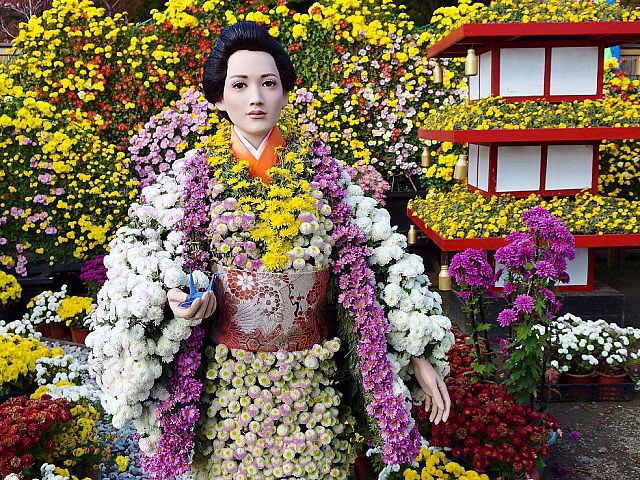
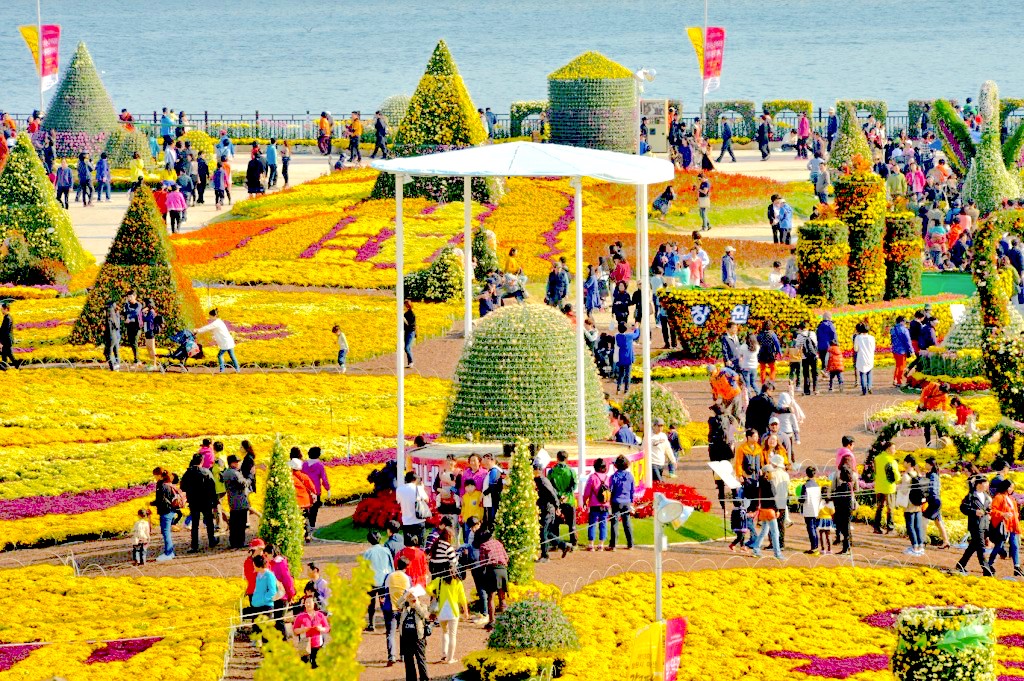
How the Flower Became a Symbol of Death
The history of the chrysanthemum doesn't stop there. As with many things, the flower traveled to the Western world during the 17th century. This happened when a French merchant from Marseilles named Pierre Louis Blancard brought three cultivars home from China, only one of these survived and was named Old Purple, the first-named cultivar to grow in the western world. It eventually received the name it has today in the hands of Karl Linnaeus, a well-known Swedish botanist. He combined the Greek words chrysos - meaning 'gold'- with anthemon, which means 'flowers'. Linnaeus was the founder of that branch of taxonomy dealing with plants and including the science of classification and identification. Unfortunately for the chrysanthemum, some European countries gave it a markedly different meaning, adopting it as a symbol of death and using it for decorating funerals. In countries such as Belgium and Austria, the chrysanthemum is used almost exclusively as a memorial on graves.
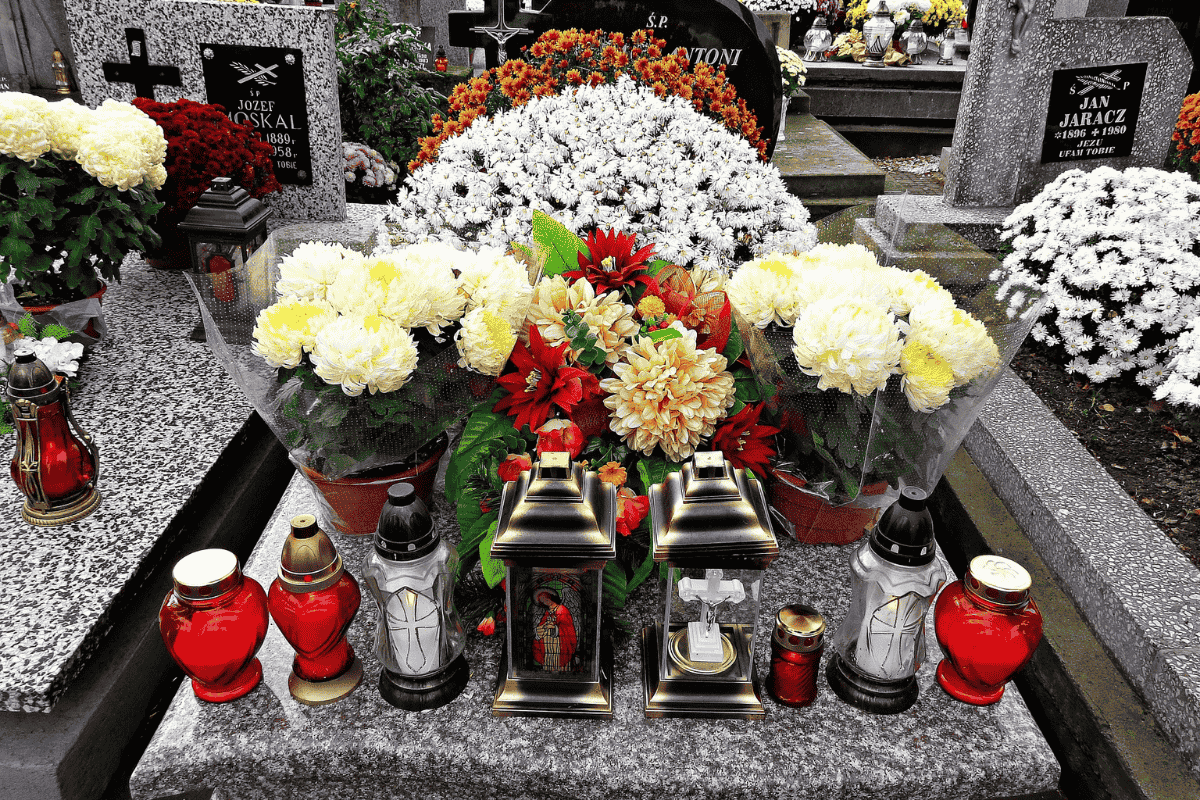
Queen of the Fall Flowers
But the chrysanthemum traveled further, and by the time it reached the United States during colonial times, it regained its popularity so much that it is now known as the undisputed 'Queen of the Fall Flowers'. You are likely to see the flowers in homecoming corsages and adorning porches and balconies from August to November or as house-warming presents and get-well thoughts. The chrysanthemum - nowadays known as 'mums'- is the largest commercially grown flower in the United States due to its ease of cultivation, its capability to bloom on schedule, diversity of bloom forms and colors, and the holding quality of the blooms.
Pina Colada Enters the Market
Although some 'mums' still resemble daisies, these days there is a wide range of colors, shapes, and sizes to choose from. You can get your chrysanthemums in various shades of pink, purple, red, yellow, bronze, orange, and white and in a plethora of shapes from spider to pompon. In the range of white and yellow chrysants, the Pina colada was bred as a crossing in the UK in 2012/2013 and was introduced to the markets in 2016. Breeder Dümmen Orange has always been on the lookout for new genetics to create superior varieties ever since. With the latest introduction of the Pina Colada Cream, they are now working towards a light pink colored spray 'mum'.
In the Victorian language of flowers, they represent friendship, cheerfulness, compassion, loyalty, and devotion. Add to that that they are known as the flower of the month of November, and we can conclude that we all need to pick up some beautiful mums to adorn our homes this season.

